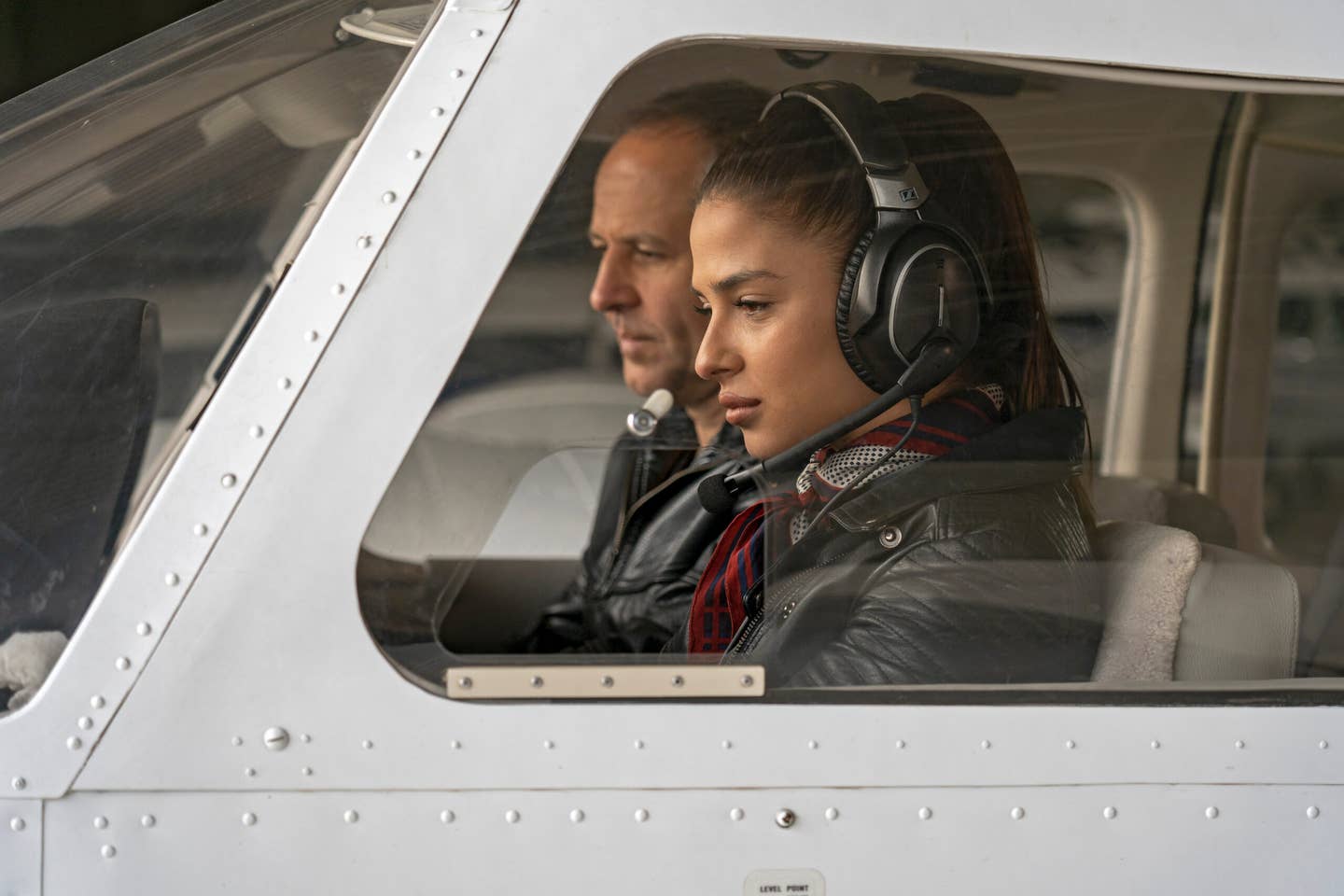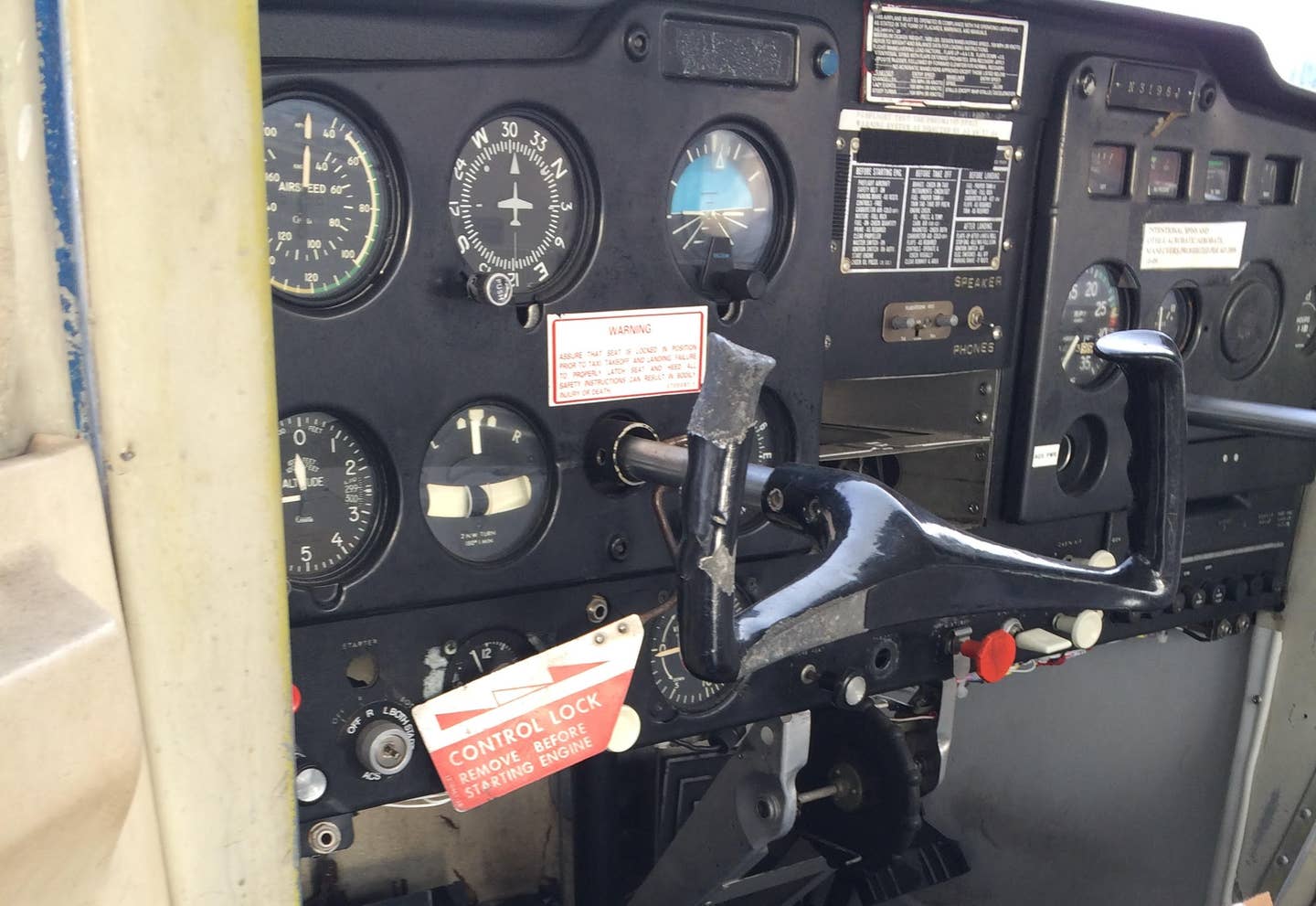The Learning Plateau Is Always Challenging
Learning plateaus are as much a part of becoming a pilot as making mistakes.

Learning plateaus are as much a part of becoming a pilot as making mistakes. [Shutterstock]
One of the most challenging parts of flight training is the learning plateau. Anytime a person learns a skill, there is a period where rapid learning takes place, then the learning levels off (the plateau), then learning begins again. It is part of the process. Getting past the plateau can be a challenge, so you have to be patient and have an equally patient and (hopefully) creative CFI who can break the logjam.
Signs of a Learning Plateau
We learn by drill and repetition, but if you fly consistently—at least twice a week—and don't seem to be making progress as measured against the syllabus and airman certification standards, you could be on a plateau. These are particularly common just before the first solo. This is why there are so many people who get frustrated and quit when they are “just about to solo.” Instead of quitting, try asking for a change of instructor, if only for an evaluation flight. This different perspective might be what you need to help you get past the logjam.
I had the opportunity to be the evaluation instructor for a learner who had 12 consecutive hours of "pattern work" that took place over two months, but had not soloed yet.
I asked his primary CFI what the issue was with this learner. Was it a lack of consistency in his flying? That is a big one. Some days the learner flies to check ride level; other days it's like they forgot how to fly.
- READ MORE: Don’t Quit After Your First Solo
I expected to hear he dropped the airplane to fly the radio, didn't use his checklist, came in too high, etc. Instead, the CFI replied with a shrug, "He's just not ready." This was not helpful. A CFI is supposed to identify the soft spots and have a plan to fix them.
I asked the learner what he felt the problem was. He replied he didn't know, as the CFI didn't really talk during the flights, so the learner was under the assumption he was doing everything right. He was puzzled as to why he had not soloed yet.
There were a few surprises. During the takeoff roll the learner tossed the checklist into the back seat and left it there for the duration of the flight. He pushed the throttle full forward then grabbed the yoke with both hands. He never touched the trim wheel during the flight. Instead he kept both hands on the yoke and seemed to be fighting the airplane. He missed the crosswind call but made the downwind, base, and final calls. He recited the GUMPS check (gas, undercarriage, mixture, power, safety items) and pulled the power to 1,500 rpm at midfield then put both hands on the yoke for landing.
Rather than smoothly adjusting pitch, power, and trim to maintain a stable approach, he wrestled the yoke, which made approaches anything but stable. I was surprised when he added the last notch of flaps when the PAPI was showing three red, one white. I called for a go-around, and we departed to the practice area.
As we climbed to a safe altitude, we discussed what had just happened. He said he was taught to always land with full flaps, and he had not been instructed about the use of trim, so he needed two hands to control the airplane. In the practice area, I demonstrated how to fly a pattern at altitude using the checklist (pulled from the back seat), using trim, and having my left hand on the throttle and my right hand on the yoke. I think I even had my pinkie sticking out to show how light of touch you could have in a properly trimmed Cessna 172.
We practiced flying different airspeeds in different configurations, with me reading the checklist as if we were in the pattern. Obviously my approach was much different than his regular instructor, and this—the additional communication—was what he needed.
Tips for Getting Off the Learning Plateau
Some learning plateaus are the result of overtraining. Learning to fly is very much like playing a sport. You sometimes need to take a break both mentally and physically to allow learning to take place. If the learner is flying twice a day, five days a week but still hasn't soloed, it may be due to overtraining. Review FAR 61.87 to make sure the requirements for solo are met, take a day off or two, then get back to it.
- READ MORE: Practice Makes Pilots
Incomplete learning can also create a plateau. The learner who thought he always needed to land with full flaps didn't know the purpose of them was to allow a steeper angle of descent without an increase in airspeed. He didn't ask his first instructor why he needed to add flaps to land. This was a hint his ground knowledge needed some shoring up, which it did. He hadn't started ground school yet because his instructor told him it wasn't time for it yet. To address this he was assigned homework before each lesson on systems, weight and balance, aircraft performance, aerodynamics, airspace, etc. The ground study improved his confidence, and it wasn't long before his flying improved and he soloed.
Other Ways to Break the Plateau Logjam
Take a fun flight. Head out to the practice area and do the maneuvers the learner likes the best or go looking for landmarks. A clever CFI can introduce pilotage during this flight. These flights should be a review and often more relaxing for the learner.
Never do more than three consecutive flights solely consisting of pattern work in one week. If you haven't had a breakthrough in three hours, go back out to the practice area and work on the fundamentals of aircraft control and procedures by flying a landing pattern at altitude with 1,000 feet agl being the floor.
For CFIs: Have the learner teach the pattern and landing back to you. Having them verbalize the process all the way around may give you insights as to what their challenges are and help you determine ways to correct them. You may find that when they put it in their own voice, learning takes place.

Subscribe to Our Newsletter
Get the latest FLYING stories delivered directly to your inbox






